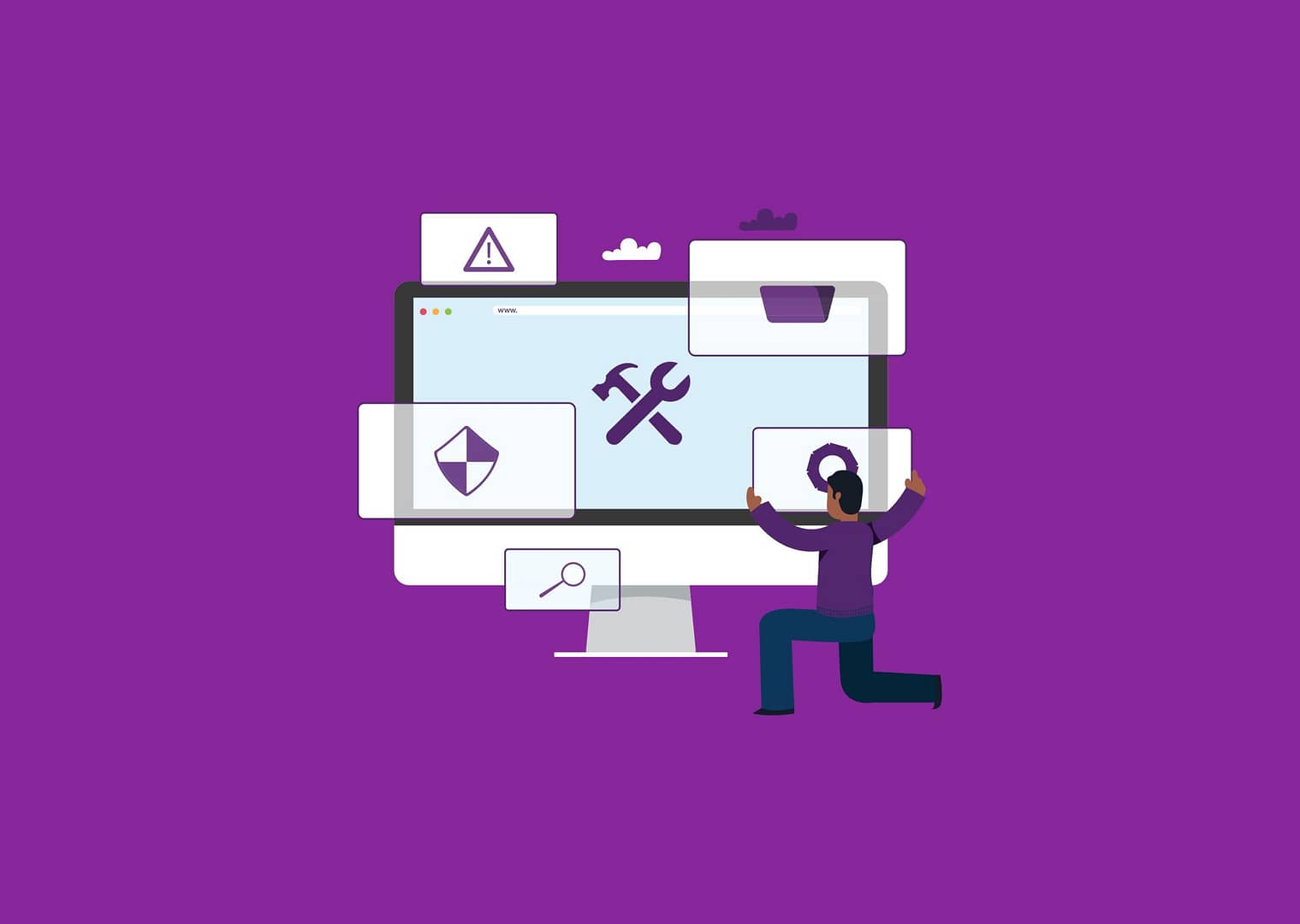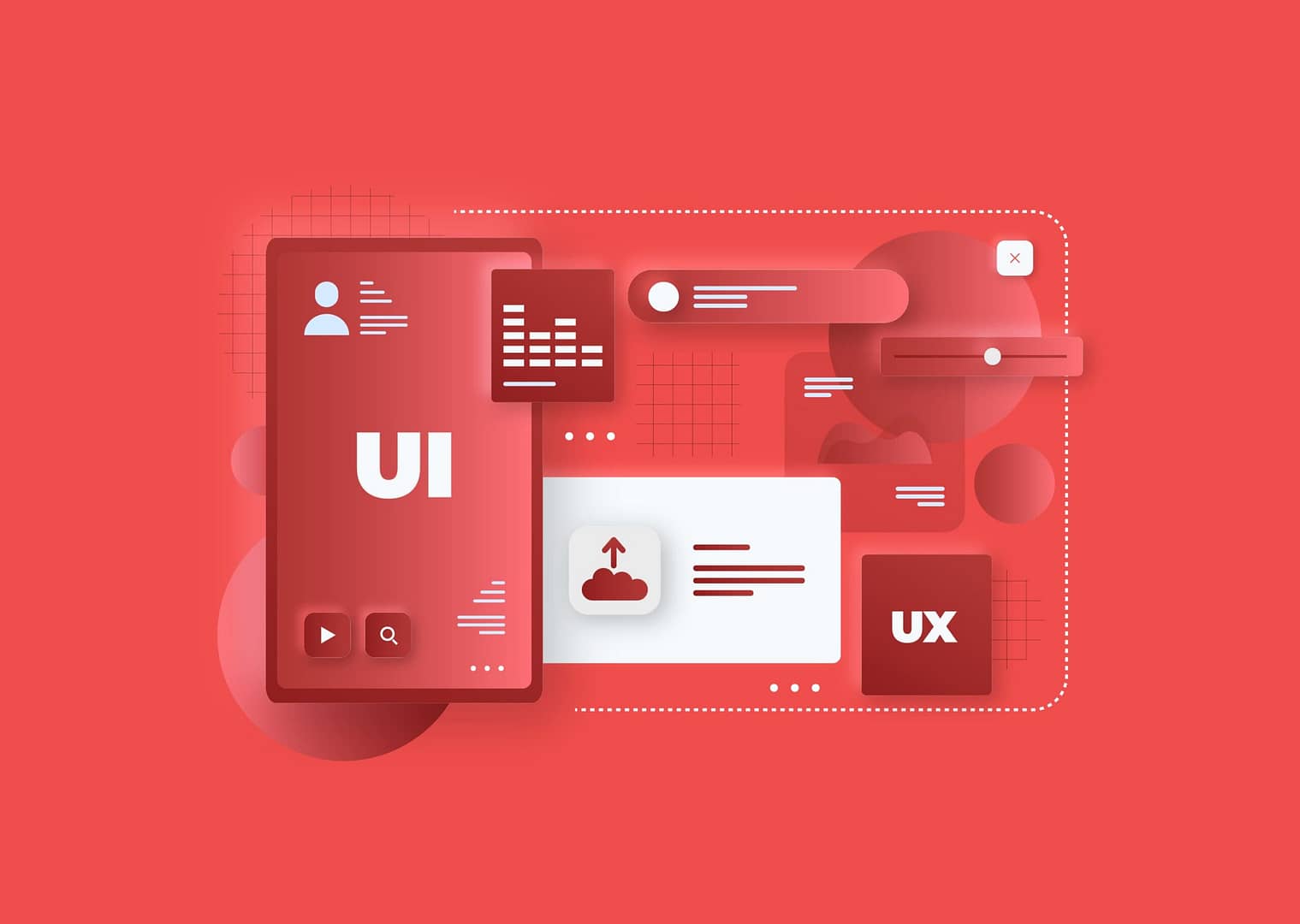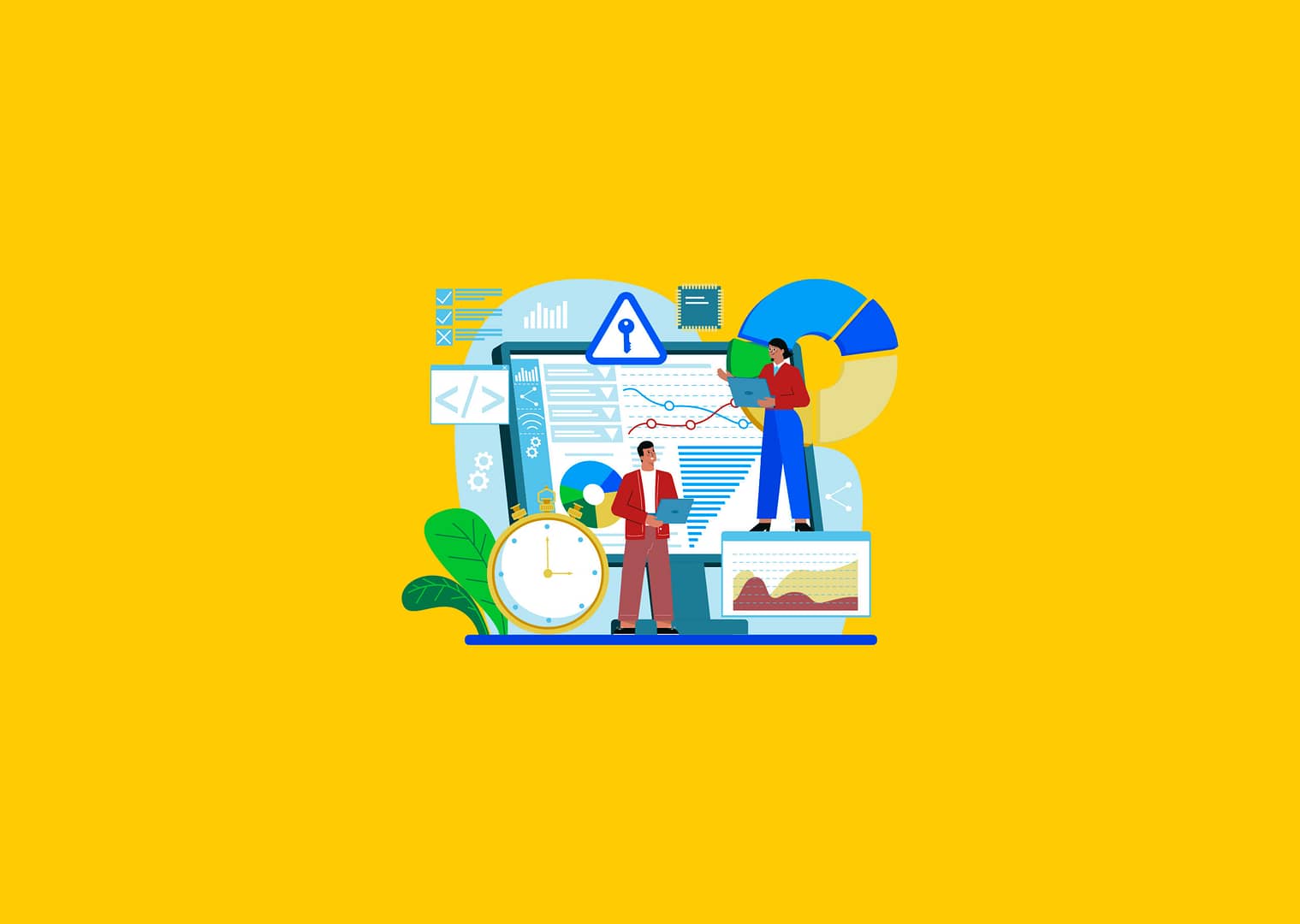The digital world moves really fast, and your website needs to keep up. Today, your site is more than just an online presence. It’s your brand’s first impression, your digital storefront, and often, the place where people decide whether they trust you or not.
To succeed online in 2025, businesses need websites that meet changing expectations. From new tech like AI and immersive experiences to making sites more accessible and sustainable, it’s all about blending innovation with a people-first approach.
In this blog, we’ll break down the best practices that matter most in the year ahead. You’ll also see how businesses and designers can use these ideas to build websites that don’t just look good but actually work.
Best practices for building a website in 2025
Here are the top strategies to make your website better, faster, and more user-friendly:
1. Make the experience immersive
People want more than just static pages. Think of virtual showrooms, trying on clothes using augmented reality (AR), or 360-degree home tours. These are no longer futuristic ideas; they’re already happening.
Adding 3D elements and interactive animations can make your site more fun, engaging, and memorable. This type of experience increases time spent on your site and deepens user engagement, which helps with SEO too.
Stay in the know
Keep on top of how the latest marketing, SEO, branding and design tips can be used to
grow your business – delivered straight to your inbox.
2. Use AI to personalise content
Artificial Intelligence (AI) helps tailor your website experience to each visitor. Based on user behaviour or browsing history, your site can recommend products, change layouts, or even answer questions with a smart chatbot.
Imagine a visitor seeing different homepage content based on their preferences. This level of customisation builds trust and increases conversions. AI also supports content automation, helping marketers produce better, more targeted messages.
3. Make accessibility a priority
Your website should be easy for everyone to use, including people with disabilities. This means screen reader support, keyboard navigation, descriptive alt text, and logical content flow.
Accessibility improves usability for all users and ensures legal compliance (think Web Content Accessibility Guidelines (WCAG)). It’s not just about following rules; it’s about creating an inclusive space where everyone feels welcome.
4. Go green with sustainable web design
Every time someone visits your site, energy is used. Slow, bloated websites use more data and energy. By compressing images, removing unnecessary code, and minimising HTTP requests, you make your site load faster and use less energy.
This isn’t just good for the planet; it improves the experience for your visitors, too. A faster website keeps people engaged and reduces bounce rates.
5. Design for mobile first
More people browse on phones than on desktops. Your website should be designed for small screens from the start, not just adapted later. Responsive design ensures your site works well across all devices.
Also, consider mobile interactions like tapping, swiping, and voice search. Google’s mobile-first indexing means your mobile site affects your rankings more than your desktop version.
6. Add micro-interactions
Small things make a big difference. A button that changes colour, a tiny animation when someone clicks, or a gentle vibration all help users feel confident on your site.
These subtle cues guide users, confirm actions, and make the site more intuitive. They may seem minor, but they improve usability and make your site feel polished.
7. Tell a good story
People remember stories more than facts. Share your journey, your values, and your purpose. Use real customer stories and testimonials. A strong narrative helps users feel emotionally connected to your brand, and that connection turns visitors into loyal fans. Great stories are told through words, visuals, video, and user experiences.
8. Let AI help your designers
Design tools are becoming smarter. AI can now suggest layouts, generate visuals, test colour contrast, and even help write content. Designers can spend more time on creativity while AI handles the repetitive stuff. This makes the whole process faster and more efficient—and results in better websites.
9. Try no-code/low-code platforms
You don’t need to be a developer to build a great website anymore. Tools like Webflow, Wix, and Squarespace allow anyone to create a professional site using drag-and-drop builders. These platforms reduce costs, speed up development, and give more control to business owners. It’s a great way to stay agile and adapt quickly to changing business needs.
10. Optimise website performance
Nobody who visited a website would want to wait for the site to load. If it takes more than a few seconds, users leave. According to a recent study by NP Digital, after 3 seconds, there is a sharp drop in organic rankings and sites taking longer than 4 seconds become almost invisible. Use browser caching, compress images, minify code, and rely on a good CDN to make things faster. Track Core Web Vitals like:
- Largest Contentful Paint (LCP): How fast the main content loads
- First Input Delay (FID): How quickly the page reacts to input
- Cumulative Layout Shift (CLS): how stable your layout is
Performance isn’t just about speed; it’s about delivering a smooth, frustration-free experience.
11. Track micro-conversions
Not every user will buy something on their first visit. But every scroll, click, or video view tells a story. These “micro-conversions” reveal user intent and interest. Tracking them helps you understand how visitors engage with your site and how to improve their journey. You can use this data to optimise calls to action (CTAs), content placement, and overall flow.
12. Explore Web3 technologies
Web3 is about decentralisation. Blockchain, decentralised apps (dApps), and digital wallets allow users more control over their data. For businesses, Web3 opens up new ways to build secure, transparent, and user-owned experiences. It also introduces potential in metaverse-like environments and non-fungible token (NFT)-based access models.
13. Improve UX Writing
Great design is nothing without great text. Clear, concise, and helpful writing makes your site easier to use. Whether it’s a button label, an error message, or a checkout prompt—every word counts. Good UX (user experience) writing builds trust and helps guide visitors where they need to go.
14. Smarter video marketing
Video is more than just a content type; it’s a strategy. Use it for storytelling, product demos, how-to guides, and live Q&As. Short-form video is especially powerful on platforms like TikTok, Reels, and YouTube Shorts. Interactive videos (like clickable elements or branching choices) boost engagement even further.
15. Respect privacy and data security
Today’s users are aware of how their data is collected and used. Be honest. Be transparent. Follow privacy regulations like General Data Protection Regulation (GDPR), and California Consumer Privacy Act (CCPA). Use HTTPS (security certificated website), strong password policies, and secure third-party integrations. Respect builds trust, and trust leads to loyalty.
16. Use WebAssembly for power-packed features
Need to build high-performance apps on your website? WebAssembly (Wasm) lets you run code at near-native speed in the browser. It’s perfect for complex tools like video editors, simulations, and games. If your site needs to handle advanced interactions, WebAssembly can help you do it seamlessly.
17. Visualise your data
Data is powerful, but only if people can understand it. Use charts, graphs, dashboards, and infographics to make complex data simple. Interactive data visualisation helps your audience engage with the numbers, find patterns, and make informed decisions. It’s a must-have for modern sites that present analytics, research, or performance insights.
Conclusion
Web development in 2025 is a blend of tech innovation and human connection. It’s not just about building websites; but about creating meaningful digital spaces. Spaces that are fast, accessible, inclusive, and built with care.
By adopting practices like AI personalisation, sustainable design, performance optimisation, and more, you can make sure your website is ready for the future. Whether you’re refreshing an existing site or starting from scratch, focus on what really matters: your users, your goals, and your values.
Need help creating a website that does all this and more? Let’s build something great together. Schedule a free consultation with us today.
Click here to read more: Adapting to AI Overviews in Search Engine Results



